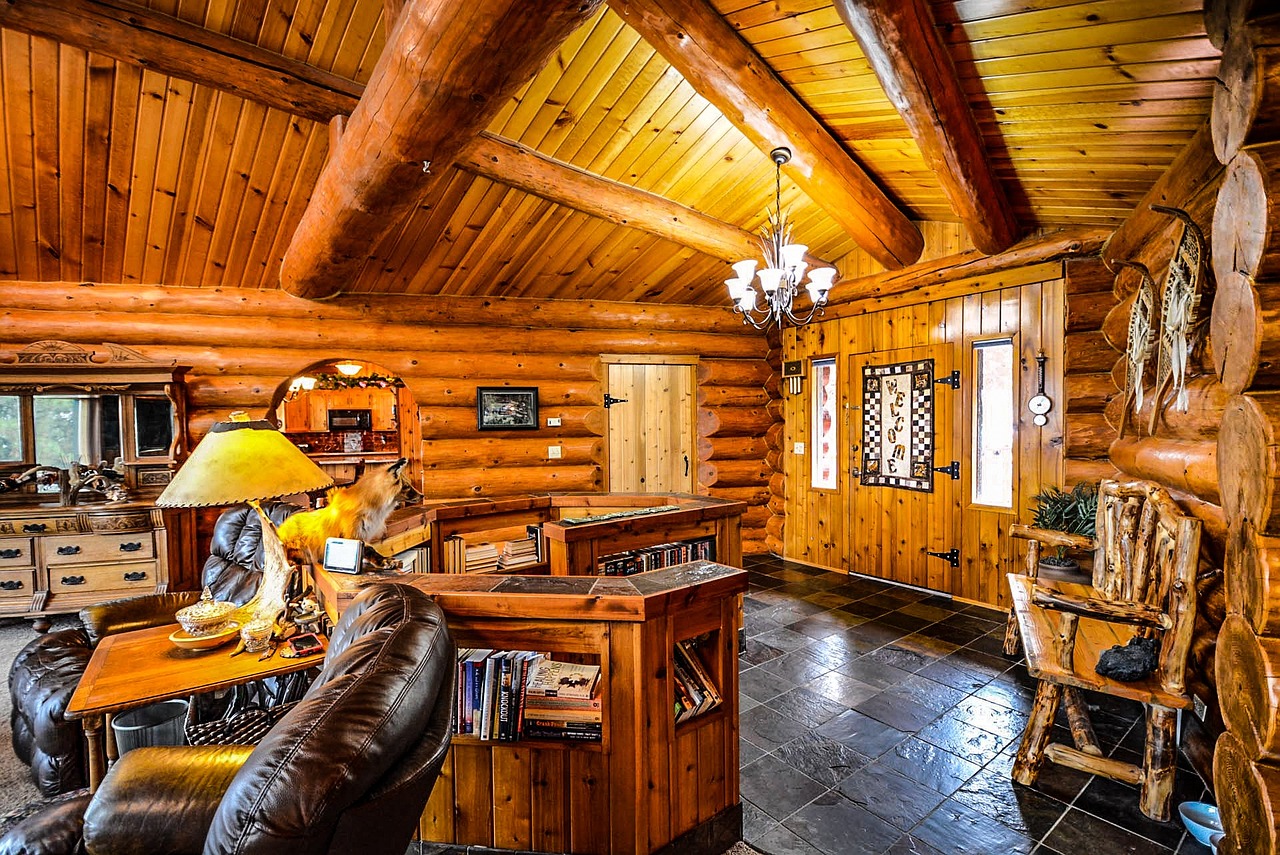
Antique Rustic Cabin Furniture: A Buyer’s Guide
Antique furniture is more than just old or secondhand; it has a special historical value. Antiques are often defined as artifacts that are more than 100 years old. These objects preserve stories and craftsmanship from bygone centuries, reflecting the time’s culture, style, and necessities.
Historical Significance of Antique Designs
Every piece of antique furniture is a glimpse into the past. For example, Victorian furniture frequently had beautiful carvings and sophisticated designs, indicating an era of excess. In contrast, Arts & Crafts furniture values simplicity and natural materials while stressing craftsmanship.
Understanding the historical context can help purchasers grasp these artifacts’ worth and distinguishing features.
Defining Rustic Furniture and Its Characteristics
Rustic furniture is defined by its raw, earthy appearance and traditional craftsmanship. It frequently uses natural wood finishes, rough textures, and earthy tones that fit with nature. The emphasis on handcrafted features and unique defects adds to the allure of rustic furniture.
Popular Antique Rustic Styles for Cabins
The beauty of rustic cabin furniture is in its variety. Some of the most popular styles are:
- Log Cabin Style: Built of logs, this style captures the essence of the outdoors. Pieces are often basic, durable designs that highlight natural wood grain.
- Shaker furniture’s clean lines and absence of adornment make it ideal for minimalist and rustic settings.
- Farmhouse style combines comfort and functionality, featuring utilitarian and inviting furniture with rustic paint finishes.
Key Hallmarks of Antique Rustic Furniture
When searching for antique rustic furniture, seek for the following characteristics:
- Authentic rustic furniture is typically made of solid wood rather than pressed or synthetic materials.
- Traditional joinery techniques, such as mortise and tenon, indicate high-quality craftsmanship.
- Patina is a natural process that enhances the individuality and beauty of antiques.
Best Practices for Buying Antique Rustic Furniture
Navigating the vintage furniture market can be both tough and rewarding. Below are some suggested practices to consider:
Patience: The Virtue of Antique Shopping
Finding the ideal antique piece may take time. Patience allows good deals to surface; the correct piece can often appear unexpectedly.
Networking in the Antique Furniture Community
Developing ties within the antique community can provide vital information about upcoming sales, auctions, and hidden treasures. Attend local vintage fairs, join online forums, and participate in related community events.
Top Places to Find Antique Rustic Furniture
Identifying where to find antique rustic furniture is critical for effective shopping. Here are several ideal locations:
Auctions
Auctions can be an excellent way to uncover one-of-a-kind items at reasonable costs. Make sure you inspect the components beforehand and set explicit bid limitations.
Dealers
Building a rapport with antique merchants can result in reliable suggestions, access to exclusive inventory, and insights into the value of individual pieces.
Flea Markets
Flea markets may be treasure troves for antique finds. The excitement of looking for one-of-a-kind artwork among the booths might lead to surprising finds at low rates.
Online Platforms
Websites like eBay, Etsy, and niche antique online shops offer many choices. However, before making a purchase, verify the seller’s credentials and seek detailed images.
Evaluating the Condition of Antique Furniture
When purchasing antique furniture, assessing the condition is critical:
Understanding Usability: Functional vs. Decorative
Decide whether you want utilitarian furniture that can be utilized daily or decorative pieces that serve only aesthetic objectives. This will help you make evaluation and purchasing decisions.
Tips for Pairing Furniture in a Rustic Setting
Creating a coherent look requires careful pairing. Combine different textures and finishes while keeping a color palette that complements rustic characteristics.
Common Materials Used in Rustic Furniture
Rustic furniture production uses a variety of materials, such as:
- Wood has wonderful natural grains, especially oak, pine, and cedar.
- Wrought iron is an excellent choice for accents and framing in the rustic design.
- Canvas and leather, commonly used in upholstery, bring warmth and comfort to rustic environments.
Unique Styles in Antique Rustic Cabin Decor
Beyond the furnishings, identify the complimentary trends in rustic cabin decor:
Log Cabin Style
This style stresses the use of rough-hewn wood and furniture that reflect the rugged nature. Earthy tones and natural materials provide warmth and integrity.
Shaker Style
Shaker design stresses functionality and simplicity, with clean lines and minimal decoration. It emphasizes craftsmanship by employing solid wood, generally with a peg structure and a natural finish. Look for storage cabinets, benches, and tables that embody this utilitarian style, which is perfect for keeping the cabin tidy.
Farmhouse style
The farmhouse style combines rustic appeal and a utilitarian sense. Distressed wood finishes, soft upholstery, and an inviting look frequently characterize it. Strong dining tables, wide benches, and comfortable seating arrangements are must-haves. This style creates a cozy atmosphere, ideal for events in a cabin setting.
Essential Features of Quality Rustic Furniture
Quality rustic furniture is distinguished by its longevity, craftsmanship, and use of natural materials. Look for features like sturdy joinery, solid wood construction, and timeless style. Consider furniture with age or patina, as these qualities add to its authenticity and appeal. Ensure that the pieces are practical and strong enough to survive daily use.
Creating a Harmonious Cabin Atmosphere
To create a coherent cabin atmosphere, combine distinct rustic designs while maintaining consistency in materials and colors. Use earth tones and natural textures to create a warm and inviting atmosphere.
Layering textures like blankets, rugs, and pillows can improve comfort. Use lighting strategically to emphasize major furniture items and create a welcoming atmosphere.
Conclusion
Investing in vintage rustic furniture entails accepting its history and charm. By learning styles, quality cues, and how to manage your cabin area, you can create a welcoming getaway that displays personality and warmth. Whether you choose furniture for purpose or aesthetics, each piece lends a touch of refinement to your rustic home.